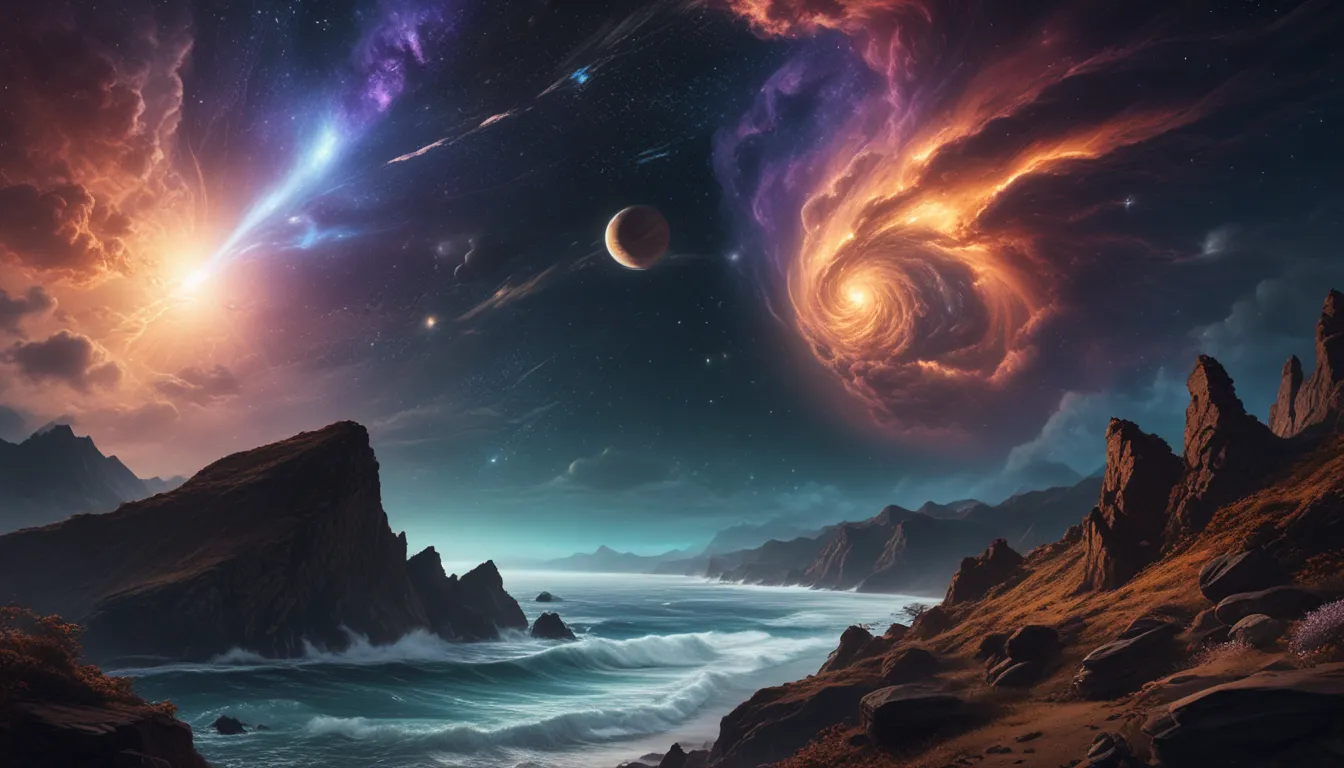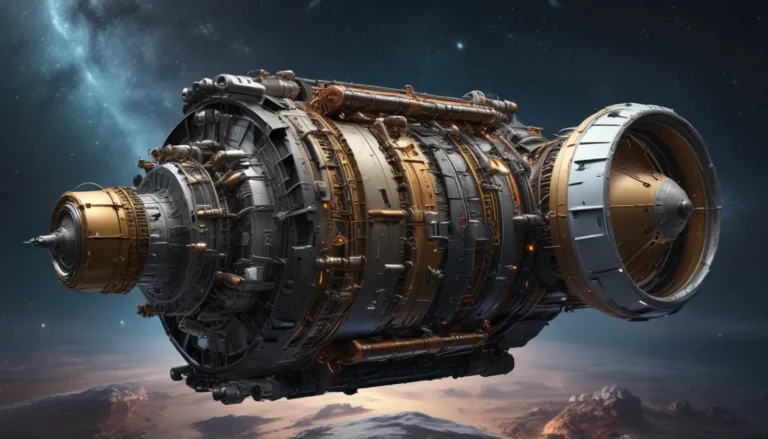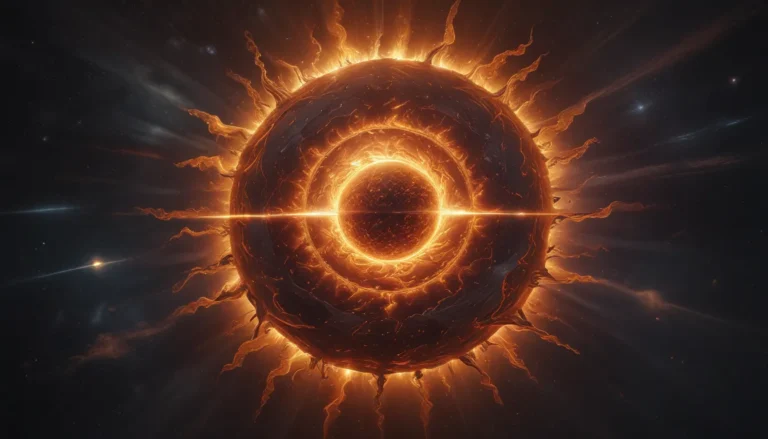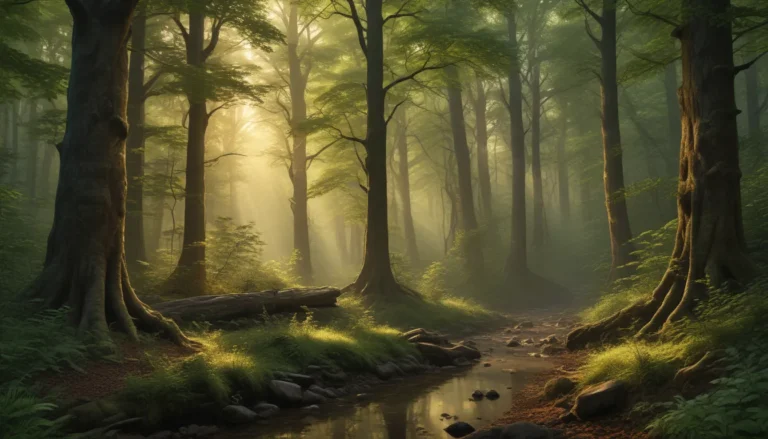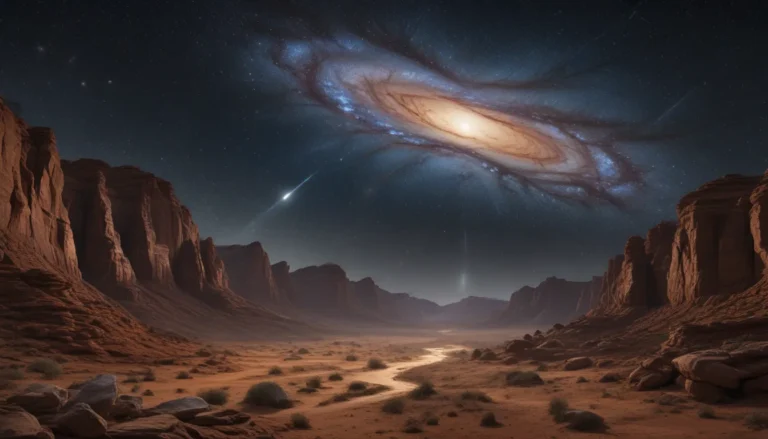The pictures we use in our articles might not show exactly what the words say. We choose these pictures to make you interested in reading more. The pictures work together with the words but don’t take their place. The words still tell you the important facts.
Have you ever gazed up at the night sky and marveled at the beauty of the stars? Those twinkling lights are not just there for decoration – they hold a universe of secrets, including the mesmerizing phenomenon of stellar winds. These powerful gusts of particles and radiation emitted by stars are not only awe-inspiring to witness but also play a crucial role in shaping the vastness of the cosmos. Join us as we embark on a cosmic journey to explore 20 extraordinary facts about stellar wind that will leave you breathless and in wonder of the universe's complexity.
The Marvel of Stellar Wind
Stellar wind, a stream of charged particles emitted from the upper atmosphere of stars, is a cosmic breeze that sculpts the celestial landscape. Every star, including our Sun, generates stellar wind, sending a continuous flow of protons and electrons into space at high speeds.
Shaping the Universe
This cosmic wind holds significant influence over the evolution of stars, planetary systems, and galaxies. It plays a pivotal role in redistributing matter and energy throughout the interstellar medium, shaping the very fabric of the universe.
The Speedy Spectacle
Stellar wind can reach incredible speeds, with the solar wind from our Sun clocking in at speeds of up to 900 kilometers per second. Other stars surpass this, producing winds exceeding 3,000 kilometers per second – a breathtaking display of cosmic power.
Varying Intensity
Some stars emit a gentle breeze of stellar wind, while others unleash powerful, intense gusts. The strength of the stellar wind is influenced by factors such as the star's mass, age, and activity level, creating a diverse range of stellar phenomena.
Stunning Visual Effects
Interacting with surrounding gas and dust, stellar wind can create breathtaking phenomena like nebulae, planetary nebulae, and stellar bow shocks. These visual masterpieces add richness and depth to the cosmic tapestry.
Stripping Atmospheres
The intense stellar wind can erode a planet's atmosphere over time, a process known as atmospheric stripping. This phenomenon dramatically alters the composition of planets, showcasing the immense power held by stellar winds.
Triggering Star Formation
Shockwaves produced by the collision of stellar wind with interstellar gas can trigger the collapse of molecular clouds, leading to the birth of new stars. It's a cosmic dance of creation driven by the powerful forces of stellar wind.
Tail-Like Structures
Some stars develop elongated tail-like structures, known as astrospheres, as a result of interactions with the interstellar medium. These structures provide valuable insights into the behavior of stellar winds, adding a touch of elegance to the cosmic ballet.
Magnetic Marvels
Charged particles within stellar wind carry magnetic fields from stars into space, shaping the dynamics of the surrounding environment. These magnetic fields play a crucial role in orchestrating cosmic processes.
Beyond Stars
Stellar wind is not limited to stars alone. Pulsars and black holes also generate powerful winds of particles, possessing similar effects to traditional stellar wind. It's a reminder of the vast and varied phenomena at play in the universe.
Affecting Space Missions
The particles carried by stellar wind, including highly energetic solar flares, pose radiation risks to spacecraft and astronauts. Safeguarding space missions requires careful consideration of these factors to ensure the safety of explorers.
Forming the Heliosphere
The solar wind, a type of stellar wind from the Sun, envelops our solar system, forming the protective bubble known as the heliosphere. This shield deflects much of the galactic cosmic radiation, safeguarding Earth and its inhabitants.
Periodic Variations
Some stars exhibit periodic changes in the strength and characteristics of their stellar wind, often coinciding with other stellar activities like flares. These variations offer a glimpse into the dynamic nature of stellar phenomena.
Interacting with Magnetic Fields
When a planet possesses a magnetic field, the stellar wind can interact with it, producing stunning auroras akin to Earth's northern and southern lights. It's a symphony of light and magnetism on a cosmic scale.
Shockwave Symphony
Collisions between high-speed stellar wind and slower-moving gas create shockwaves that energize surrounding particles and generate intense bursts of radiation. These shockwaves shape the dynamics of the surrounding medium, adding drama to the cosmic stage.
Unraveling Mysteries
Studying stellar wind provides valuable insights into the processes shaping stars, galaxies, and the universe itself. The complex interplay between celestial objects and their environments is illuminated through the study of this captivating cosmic phenomenon.
Impact on Exoplanets
When evaluating the habitability of exoplanets, scientists consider factors like the strength of stellar wind that can impact the planet's atmosphere and conditions for life. Stellar wind plays a crucial role in determining the habitability of distant worlds.
Diverse Properties
Stellar wind characteristics vary among different types of stars, including speed, temperature, and density. These variations showcase the diverse nature of stellar phenomena, adding richness to our understanding of the cosmos.
Shock Fronts
The collision of stellar wind with surrounding material creates shock fronts, characterized by sudden changes in density and temperature. These shock fronts have profound effects on the dynamics of the surrounding medium, shaping the cosmic landscape.
Constant Exploration
Scientists continually push the boundaries of knowledge on stellar wind, delving into its origins, dynamics, and effects. With advancements in technology and space exploration, our understanding of stellar wind expands, revealing new secrets of the universe.
Unlocking the wonders of stellar wind unveils a realm of cosmic marvels waiting to be discovered. From shaping galaxies to influencing planetary environments, stellar wind holds the key to unlocking the mysteries of the universe. Join us on this exhilarating journey of exploration as we unravel the hidden truths behind star formation feedback. The intricate mechanisms governing the birth of stars offer profound insights into the cosmic symphony at play. Embrace the awe-inspiring power and beauty of stellar wind as it weaves its magic through the cosmos.
FAQs - Stellar Wind Unveiled
- What is stellar wind?
-
Stellar wind refers to the flow of charged particles from the outer layers of stars, creating a mesmerizing cosmic breeze.
-
How is stellar wind generated?
-
High temperatures and intense magnetic fields in stars' atmospheres contribute to the generation of stellar wind, shaping the dynamics of the universe.
-
What is the speed of stellar wind?
-
Stellar wind can reach speeds ranging from several hundred kilometers per second to millions of kilometers per hour, showcasing the dynamic energy of the cosmos.
-
What is the significance of stellar wind?
-
Stellar wind plays a crucial role in determining the evolution of stars, galaxies, and the formation of planetary systems, shaping the cosmic landscape.
-
Can stellar wind affect other celestial bodies?
-
Yes, stellar wind can have a profound impact on nearby celestial bodies like planets, moons, and comets, influencing their atmospheres and environments.
-
Can stellar wind cause auroras?
-
Stellar wind interacting with a planet's magnetic field can lead to the formation of breathtaking auroras, illuminating the cosmic canvas with light and color.
-
Are there different types of stellar wind?
-
Yes, two main types of stellar wind exist: the slow solar wind from the Sun and the fast stellar wind from more massive and energetic stars, showcasing the diverse nature of cosmic phenomena.
-
Can stellar wind contribute to the formation of new stars?
-
Indeed, stellar wind plays a pivotal role in triggering the collapse of interstellar clouds, paving the way for the birth of new stars and planetary systems in the celestial tapestry.
-
How do scientists study stellar wind?
-
Through space-based observatories, ground-based telescopes, and sophisticated computer simulations, scientists unravel the mysteries of stellar wind, deepening our cosmic understanding.
-
Can stellar wind pose threats to space exploration?
- Yes, the radiation risks and high-energy particles carried by stellar wind can pose challenges to spacecraft and astronauts, necessitating careful planning and shielding for safe space missions.
The allure of stellar wind continues to captivate and inspire, offering a glimpse into the cosmic forces shaping our universe. As we unravel the mysteries of stellar wind, we uncover a world of wonders waiting to be explored. From the birth of stars to the evolution of galaxies, stellar wind plays a central role in the cosmic drama unfolding around us. Embrace the beauty and power of stellar wind, a force that dances through the cosmos, shaping the celestial symphony in ways beyond our imagination.
